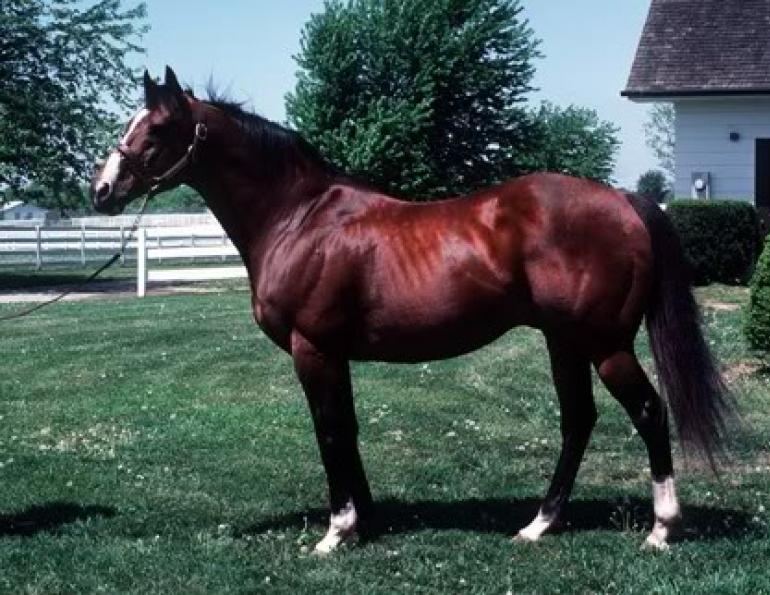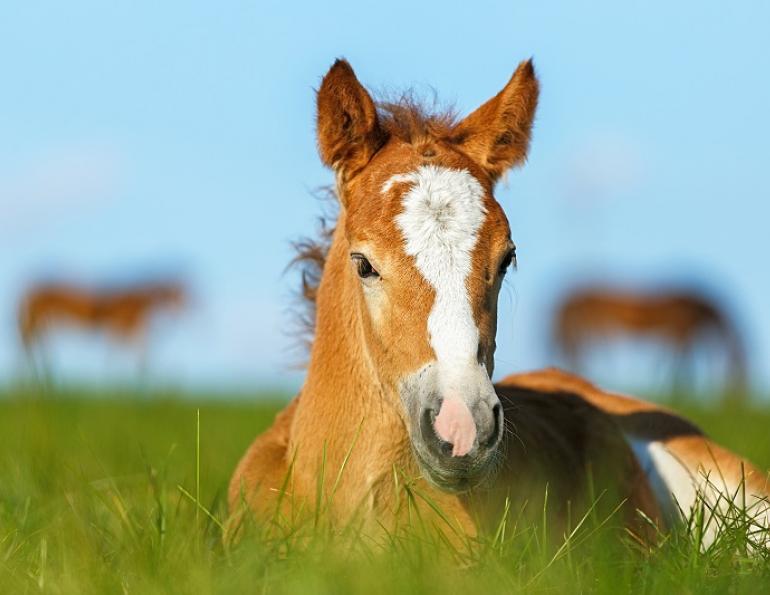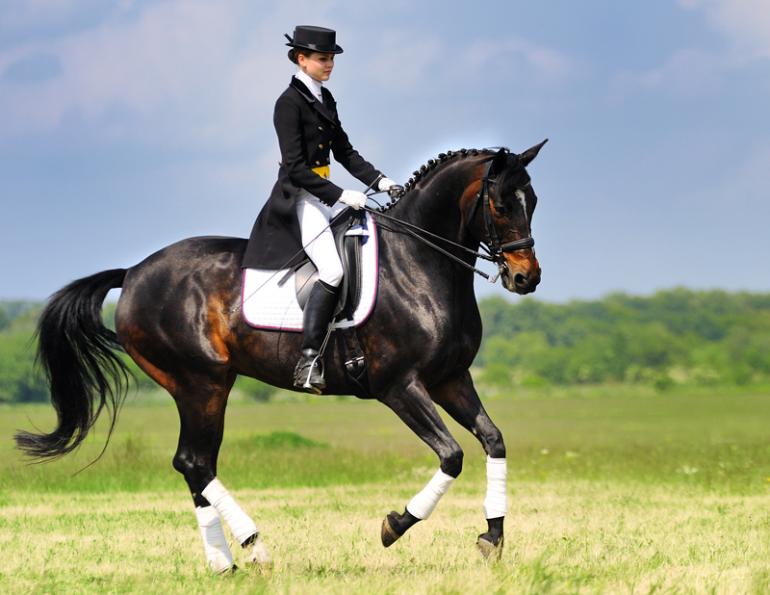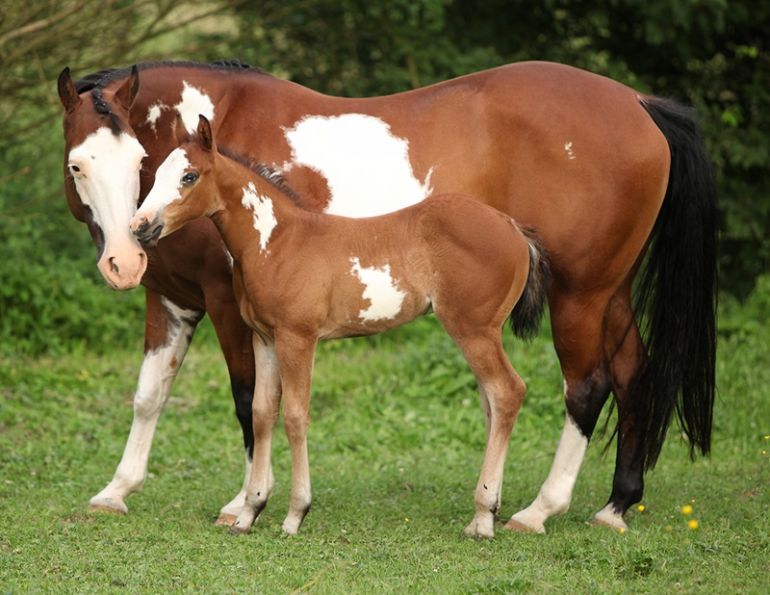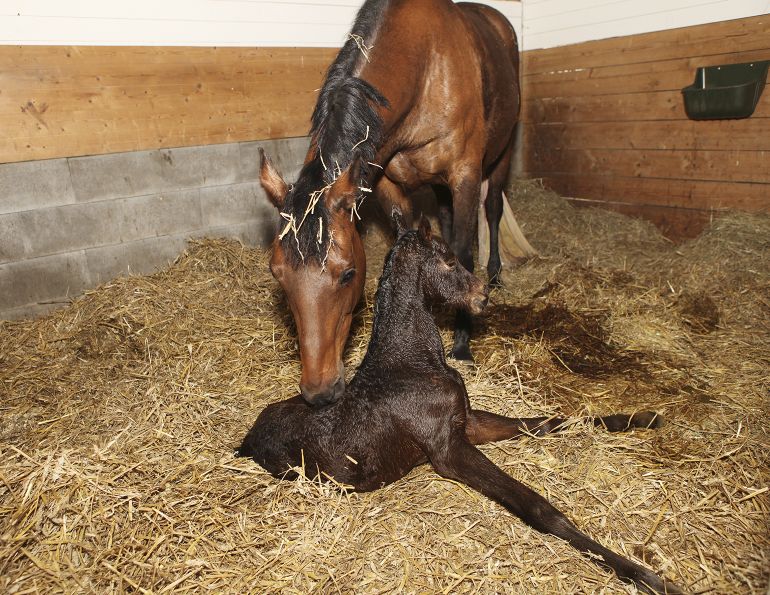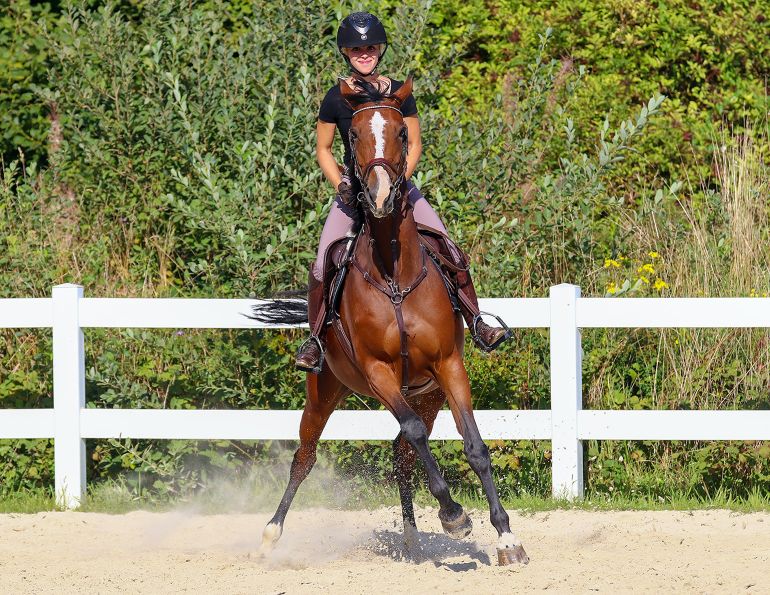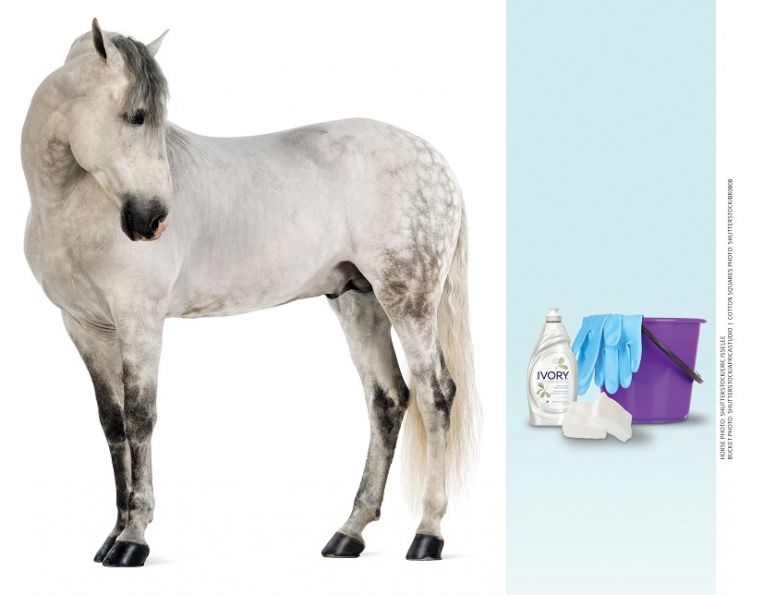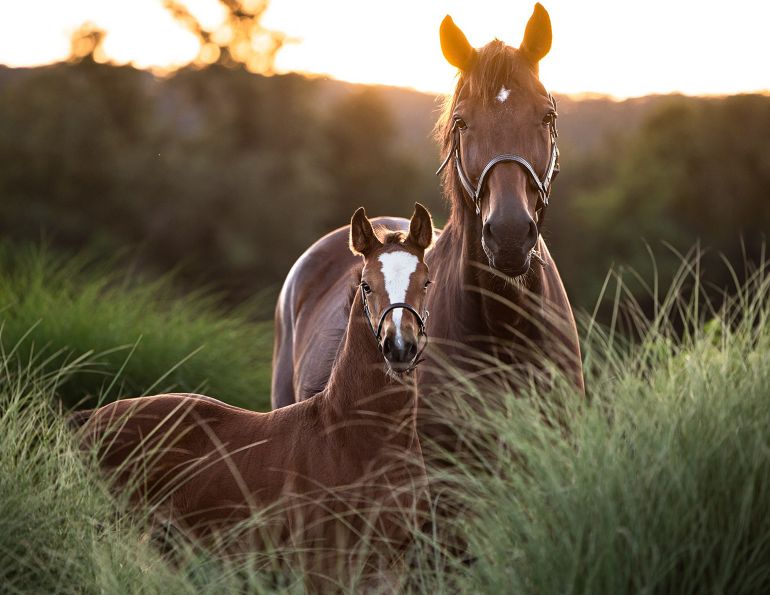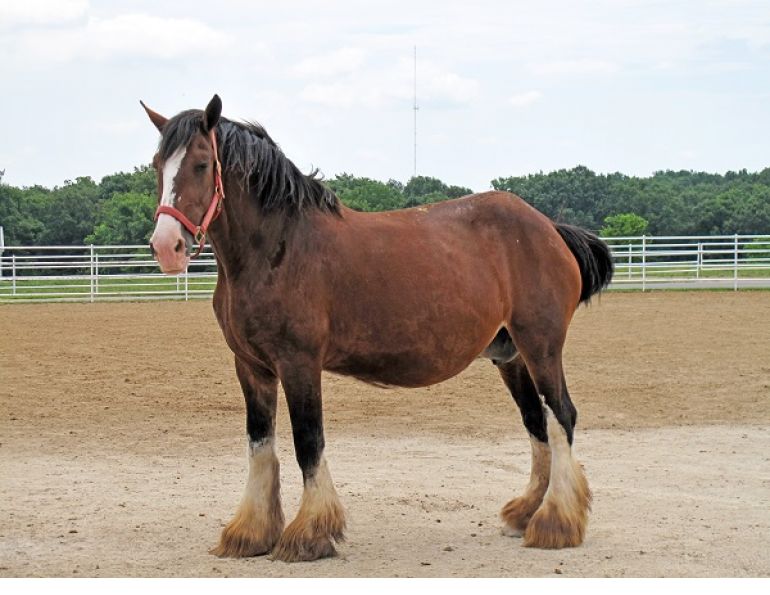With Debra Ottier, Iron Horse Equine
Q What are the main factors that can affect a stallion’s fertility?
A An understanding of the behavioural patterns, limitations, and basic needs of a stallion is necessary to comprehend why some stallions are not able to settle all the mares they breed. In many cases, what can make one stallion more fertile than another comes down to management, although inherent fertility certainly plays a large role as well.
A poorly managed stallion will have lower per cycle pregnancy rates. This is the only accurate test to determine a stallion’s real fertility. For example, if stallion A breeds ten mares for one cycle and gets eight pregnant, he has an 80 percent per cycle pregnancy rate. If stallion B breeds ten mares for one cycle, and gets only four pregnant, then rebreeds the open mares and gets four more in foal, then he has an 80 percent pregnancy rate, but only a 40 percent per cycle pregnancy rate. This means that the number of mares pregnant at the end of the breeding season is an inaccurate measure of a stallion’s fertility.
But why is it that some stallions do not settle the mares they breed? Stud management and the ability to properly prepare and monitor the stallion during the breeding season are key factors in determining success.
The stallion delivers the sperm required to fertilize the egg of the mare to produce an offspring. In order to do so, he must have adequate libido to perform his duties of servicing the mare and delivering the sperm package, and the sperm package must be of good quality.
Let’s start with libido. This is the desire to do the job. Libido is the top-limiting factor for breeding operations. If the stallion is not interested in the job, it can be very difficult to convince him. Libido can be impacted by poor management, and the stallion’s natural behaviour should always be considered. Most stallions are intimidated by other stallions, but like to see their mares and not be isolated. Stallions are often reprimanded for acting like stallions (e.g. calling to other horses during exercise, or even in the breeding shed). This can have an impact on the stallion’s psyche, with the stallion often not performing when he is supposed to for fear of punishment. One needs to be very careful to allow the stallion to act like a stallion in the breeding area, even if he likes to bite the mare when teasing, as this may be what he needs to increase his libido. Libido can be increased behaviourally or through the use of hormones; however, the latter is not recommended, as by disrupting the normal hormonal balance of the stallion you could ultimately create a larger problem with lowered sperm production.
On the other hand, although he may have the libido to perform, a stallion may not have the sperm package to deliver. A stallion’s sperm number will decrease the more he breeds in a day. Therefore, limit his daily breeding activity, using semen collection services to reduce the number of times he needs to breed. When a stallion ejaculates, his output is usually enough to inseminate four to five mares.
Nutrition plays a large role in ensuring that a stallion has the energy and nutrients available for the high demands of breeding, as well as for adequate sperm production. While mineral balance is important for the body on a daily basis, it is also essential for sperm production. A poorly fed stallion is often a poor producer. A higher plane of nutrition needs to be started early in the season so that the proper nutrients are available for the stallion when the demands on him increase. He should have a minimum body condition score of six at the start of the season and should never drop below this score.
Another factor that plays a role in a stallion’s fertility is lighting, especially for young stallions. There are breeds that direct the breeding season to the period from February to July in order to ensure foals are born as close to January 1st as possible. This is not the natural breeding season for horses, which is from April to August. When starting early, one needs to be sure that the stallion is able to produce sperm sufficient to settle mares during this period. Lights can be used to kick start the season, as the natural breeding season is analogous to longer daylight days. Older stallions appear to be resistant to light stimulus, and therefore you do not see as large a drop in semen quality.
Age is also something one needs to consider as a factor for fertility. Some breeders start breeding their stallions as early as two years of age. The stallion is not sexually mature at this age, is not producing enough testosterone to adequately produce sperm, and has higher nutritional requirements because he is still growing; therefore, the demands of breeding could impact sperm production and libido. To determine if his qualities are perpetuated in his offspring when breeding at this age, keep in mind his limitations and manage him accordingly by reducing the number of times he is bred.
Despite our attempts to manipulate a stallion’s life and breeding opportunity, ultimately it is up to Mother Nature to prove whether that stallion is able to perpetuate his genetics into his offspring. Sometimes, no matter what we do, we cannot alter the inherent genetic capability of the stallion.
Debra Ottier holds a Master’s degree from the University of Guelph in Reproductive Physiology, and is the founding member of Iron Horse Equine, which offers a variety of services including stallion semen collection, freezing, storage, and evaluation, broodmare management, foaling assistance, and a variety of educational workshops. For more information, visit www.ironhorseequine.com.
Main Article Photo: Wikimedia Commons - The Canadian-bred Thoroughbred racehorse Northern Dancer is widely considered the most successful sire of the 20th century, having sired some 635 offspring.
This article originally appeared in the March 2013 issue of Canadian Horse Journal.



